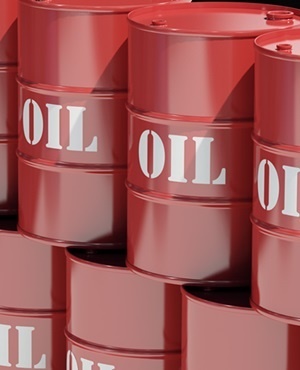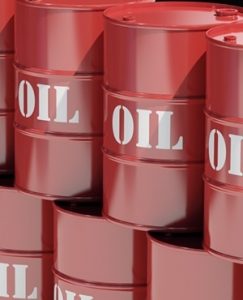
- By: News
- 0 comment
- Nuclear power had lost favor in many countries after a small number of high-profile safety incidents, and as new construction projects in Europe and the US were plagued by delays and cost overruns
- But now soaring fossil fuel prices and rising demand for clean energy have governments around the world reconsidering nuclear power programs
- Anything and everything that can produce energy is being looked at now as global oil, coal and gas prices skyrocket amid uncertainty over Russian supplies
Soaring fossil fuel prices and rising demand for clean energy have governments around the world reconsidering nuclear power programs that had been left for dead amid safety concerns and massive cost overruns.
The Philippines is the latest, with President Rodrigo Duterte ordering the energy department to adopt a nuclear energy program and possibly revive a plant built almost four decades ago but never used due to safety and corruption issues. The nation joins Germany, South Korea and others in softening stances on the nuclear sector.
Anything and everything that can produce energy is being looked at now as global oil, coal and gas prices skyrocket amid uncertainty over Russian supplies. For the Philippines, shifting away from coal while improving power system reliability is expected to boost clean energy demand by 4.4% a year through 2040.
“Considering this demand and the projected depletion of natural gas resources, nuclear power will play an important role to contribute to the required capacity,” Duterte said in an executive order signed Monday and published today.
German officials and energy companies are considering delaying a plan that would phase out nuclear power and close the country’s last plants by the end of the year. South Korean President Moon Jae-in recently asked officials to move on the start-up of long-delayed reactors, indicating a shift in policy on atomic power.
Nuclear power had lost favor in many countries after a small number of high-profile safety incidents, and as new construction projects in Europe and the US were plagued by delays and cost overruns. The tide has shifted in recent months thanks to a global energy supply crunch that lifted coal and gas prices to records. That momentum has been supercharged in recent days by Russia’s invasion of Ukraine.
In the Philippines, which pays some of the highest power prices in Asia, a public perception survey in 2019 indicated that almost 79% of citizens approved the possible use or rehabilitation of the existing nuclear plant while 65% favored the construction of new ones, according to the president.
The Bataan nuclear plant, which was completed in 1985, was about to be commissioned when Corazon Aquino mothballed it soon after becoming president in 1986. She alleged that the plant had poor safety measures and was mired in corruption involving Westinghouse Electric Corp., the contractor, and the late dictator, Ferdinand Marcos.
Duterte has been considering the revival of the controversial plant since the early months of assuming the presidency in 2016. In 2017, his administration signed an agreement with Russia to help the Philippines come up with national policies on nuclear energy.
SOURCE:



